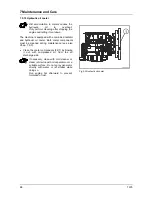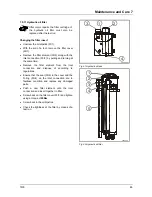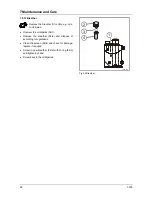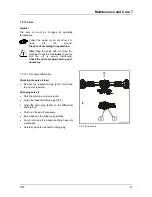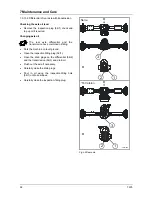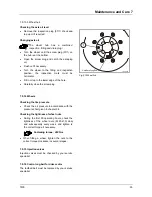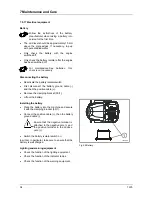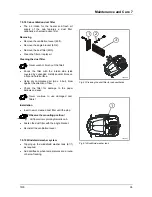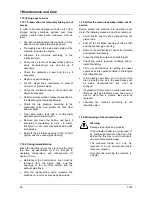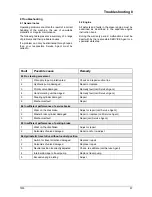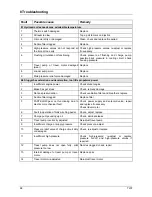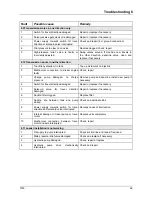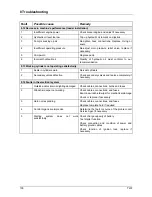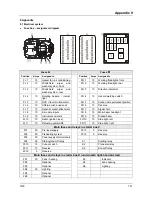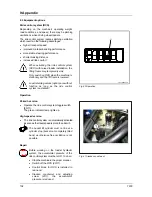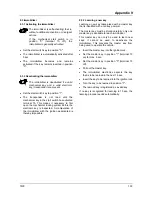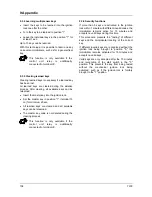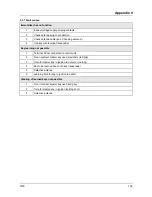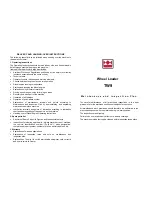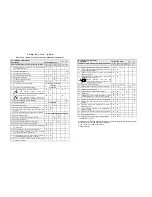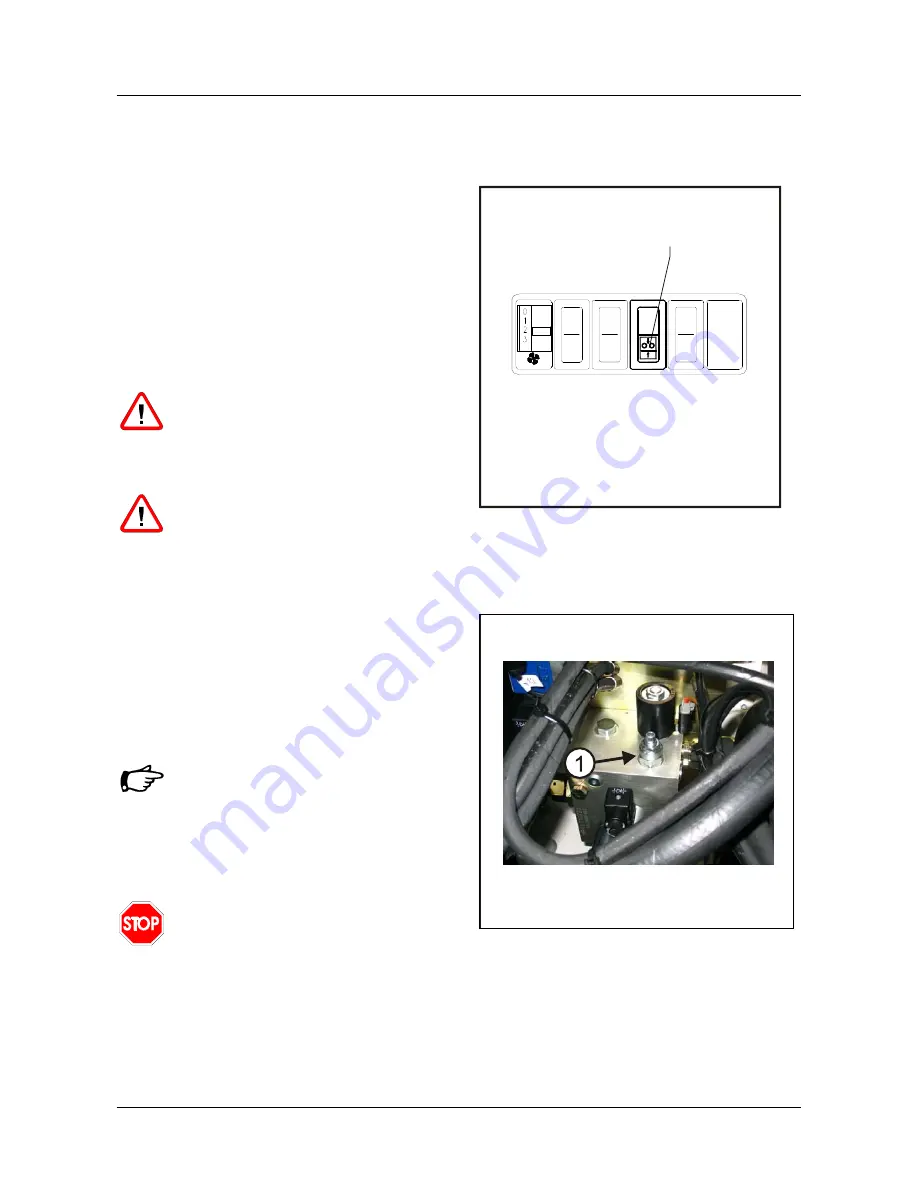
9 Appendix
102
TW9
9.2 Equipment options
Ride control system (RCS)
Depending on the machine's operating weight,
road conditions, and speed, there may be pitching
oscillations when driving wheel loaders.
The ride control system reduces pitching oscillation,
which results in the following advantages:
•
higher transport speed
•
improved material-handling performance
•
more stable steering performance
•
shorter braking distance
•
increased
ride
comfort
When activating the ride control system
(RCS) with raised loader installation, the
lifting frame may temporarily sink.
Only switch on RCS when the machine is
stationary and the lift frame is lowered.
Load-retaining valves (option) are without
function as long as the ride control
system is activated!
Operation
20 km/h version
•
Operate the ride control system toggle switch
(80/11).
The green indicator lamp lights up.
High-speed version
•
The ride control system is automatically activated
as soon as the travel speed is more than 6 km/h.
The bucket tilt cylinder must not be at a
cylinder stop (bucket not completely tilted
back) as otherwise free oscillation is not
possible.
Repair
Before working on the loader hydraulic
system, the accumulator pressure of the
ride control system must be let off. To do so:
•
Stop the machine in the proper manner.
•
Switch off the RCS (80/11).
•
Control block for RCS is installed in
rear-end.
•
Slacken counternut and adjusting
screw (81/1), the accumulator
pressure is reduced.
11
L873SP080TK
Fig. 80 Operation
Fig. 81 Slacken counternut
Summary of Contents for TW9
Page 6: ...Table of Contents TW9...
Page 12: ...6 TW9...
Page 42: ...3 Technical data 36 TW9...
Page 46: ...4 Operation 40 TW9 Instrument panel Fig 10 2 Operator controls...
Page 58: ...4 Operation 52 TW9...
Page 112: ...9 Appendix 106 TW9...

